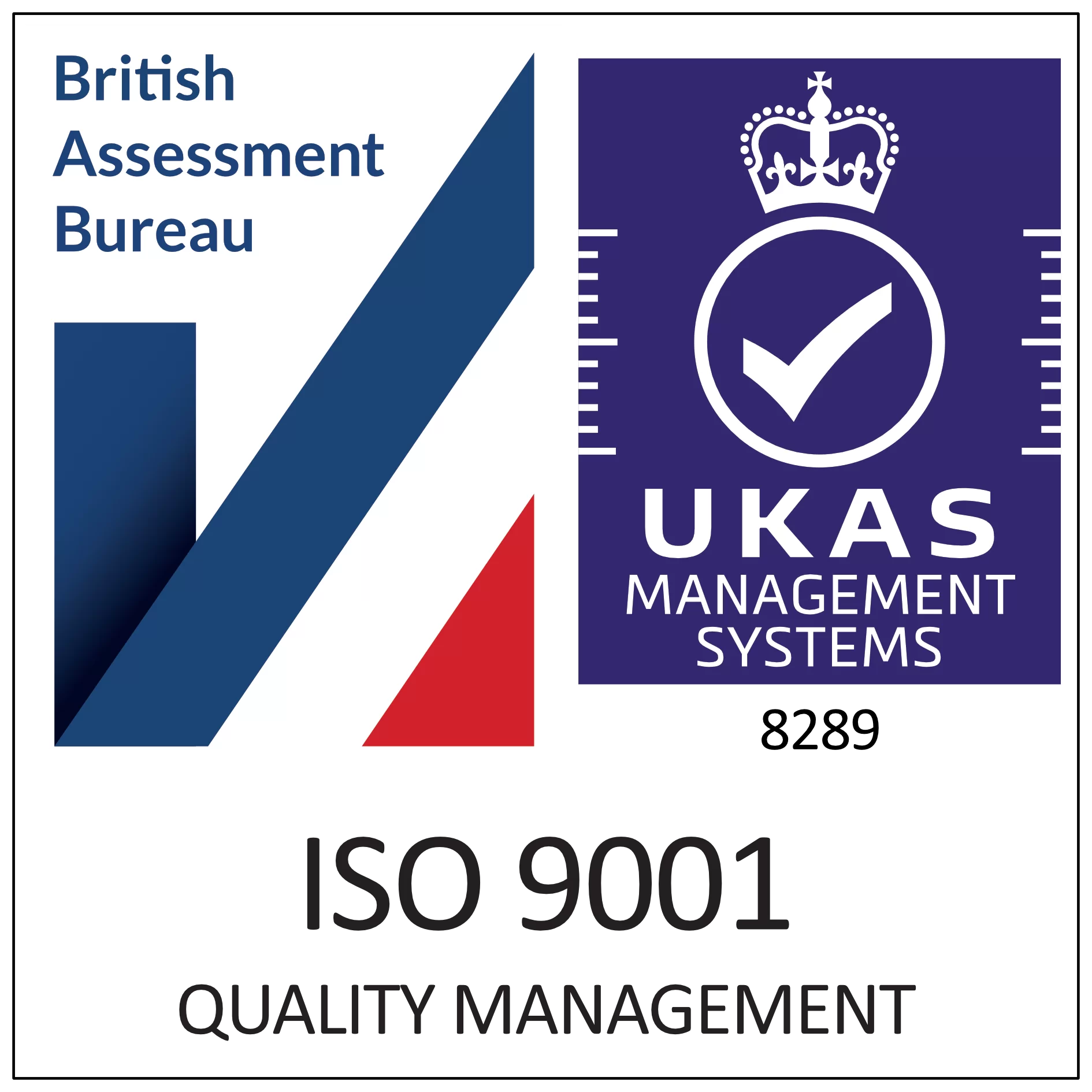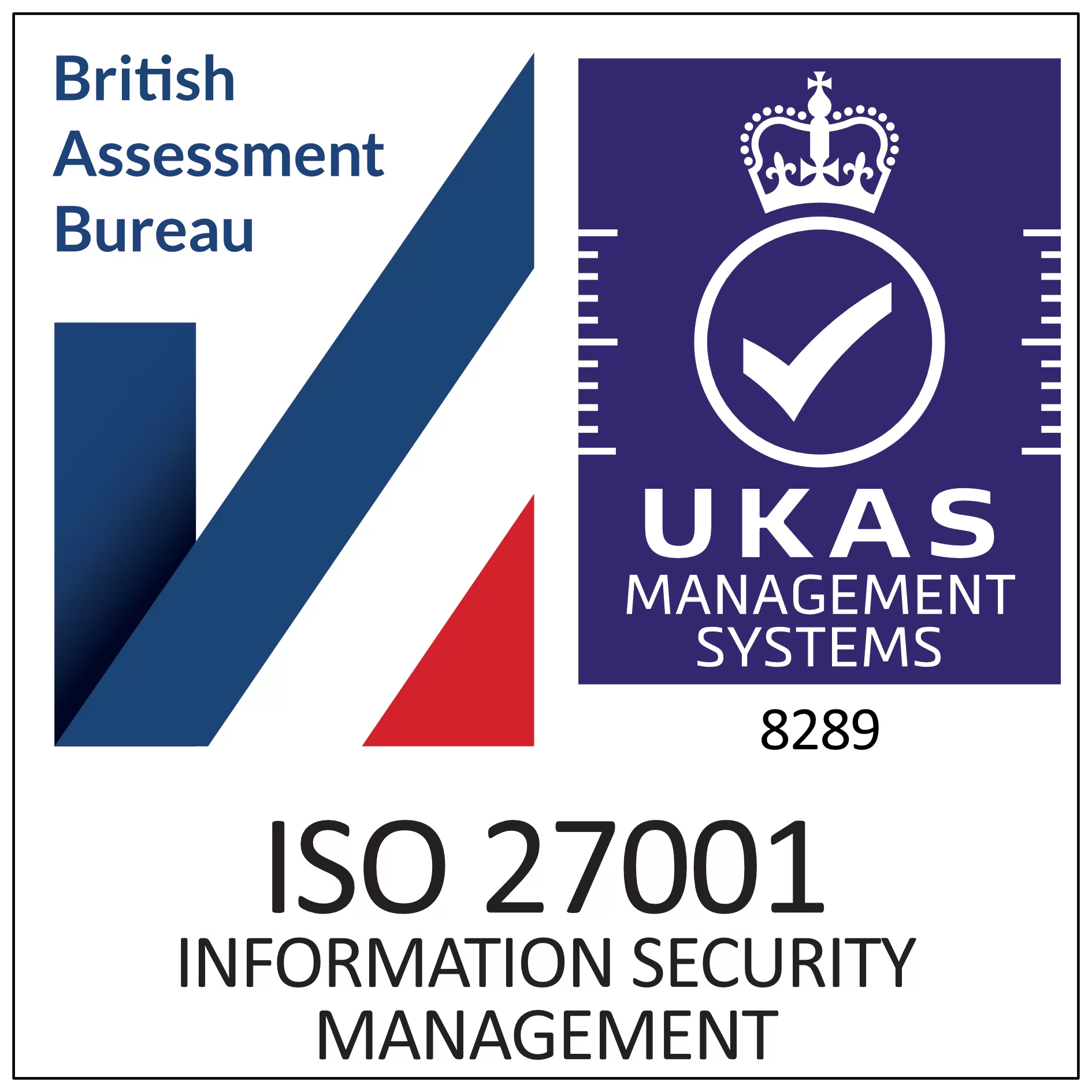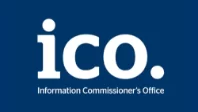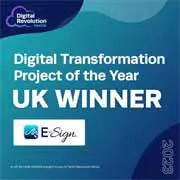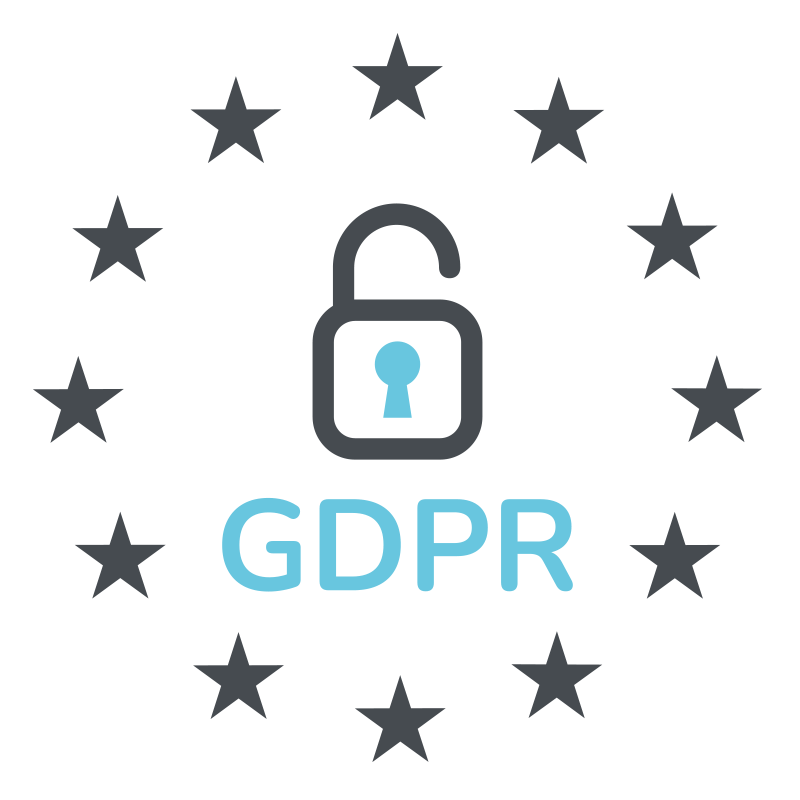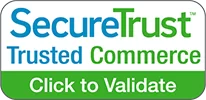What are the Challenges of Electronic Health Records (EHRs)?
Adam Ross
Director of Operations
PUBLISHED
20th May, 2025
Following the government mandate in 2023, all NHS organisations must transition from paper to electronic health records in the UK. This is an important step for the healthcare sector in not only reducing carbon footprint by removing paper-based processes, but also improving efficiency for both staff and patients.
Electronic health records (EHRs) can do a lot of good for healthcare providers, but getting them up and running isn’t always straightforward. In this post, we’ll take a look at some of the common challenges that can pop up during implementation and share practical tips to help you tackle them, so your organisation can make the switch to EHRs as smoothly as possible.
What are Electronic Health Records?
Electronic health records, commonly known as EHRs, are digital files that compile a person’s medical details in one accessible place. They include everything from past illnesses and treatments to test results, prescriptions, and doctor’s notes.
Stored securely on computer systems – either in-house or online – EHRs make it easier for healthcare professionals to view and update patient information in real time. This modern approach replaces paper charts and supports more accurate, efficient, and connected care.
What are the Benefits of EHR Systems?
As the NHS and healthcare organisations across the UK start their digital transformation, electronic health records offer many benefits.
Challenges of EHRs
Organisations can face a number of challenges when implementing EHRs, including:
Resistance from Staff
Rolling out electronic health records (EHRs) can present several hurdles, and one of the most common is pushback from staff. Shifting from familiar paper-based processes to a digital system can feel overwhelming, especially for employees who have relied on the same routines for years. Concerns may arise around disruptions to workflow, increased complexity, or the learning curve associated with adopting new technology.
Addressing this resistance starts with thorough, role-specific training and a solid change management strategy. Tailored education helps each team member understand how to navigate the new system with confidence and clarity, ensuring they’re equipped to maintain a high standard of care throughout the transition.
Effective change management also means clear, consistent communication about the value EHRs bring. Emphasising benefits like faster access to information, fewer administrative errors, improved efficiency, and enhanced patient outcomes can help shift perspectives. Most importantly, involving staff in the implementation process, listening to their input and responding to their concerns, builds trust and fosters a smoother, more cooperative transition.
High Implementation Costs
Despite the long-term cost reduction benefits, the initial implementation of electronic health records comes with a fairly high cost. This can impact smaller trusts and healthcare providers that have more limited budgets and therefore are more restricted when facing expenses for software, infrastructure, and training. One potential solution for this could be to offer a scalable, cloud-based EHR systems that reduce upfront costs by removing the need for comprehensive infrastructure.
Ensuring EHR System Compatibility
One of the challenges in rolling out a new electronic health record system is ensuring it can seamlessly exchange information with other systems. Without proper interoperability, data sharing and collaboration can be stifled, affecting patient care and overall efficiency. To achieve smooth system integration, it’s crucial to first assess the EHR platforms in use across various NHS trusts and external partners, such as speciality clinics or private practices, that your organisation works with.
This will allow you to foster better communication among teams, streamline workflows, and improve patient outcomes. Collaborating with IT specialists and vendors to integrate EHR systems effectively will help to ensure not only seamless interoperability with your existing tools and processes but also establish high standards of security to maintain compliance with security and data privacy regulations.
Security and Privacy Concerns
One of the biggest challenges of electronic health records is addressing security and privacy concerns. Protecting sensitive patient data from breaches and unauthorised access is a top priority for the healthcare sector.
The best way to overcome privacy and security concerns is to ensure you have robust security measures in place and build trust among patients and healthcare professionals, and adhere to the strict privacy legislation the NHS must follow. Resolving these concerns may involve:
- Regular auditing and monitoring of system access to detect security threats
- Using state-of-the-art encryption to secure sensitive information
- Promote open communication between healthcare providers, patients, and administrators about how personal details are being used and protected
- Provide in-depth training for professionals on the importance of data protection best practices
Measuring Success and Ongoing Improvement
Once you have successfully implemented EHRs into your workflows and ensured interoperability with your other systems, the next step is knowing how to measure the success of the new processes and continually improve on those outcomes. Creating clear success metrics and refining improvement strategies are key to the ongoing development of EHR implementation across the NHS. Consider the following areas for your success metrics:
User satisfaction
- Positive feedback from staff and patients
- Increased clinician adoption rates
- Reduced admin burden
Patient outcomes
- Enhanced patient engagement
- Reduction in adverse events
- Improved care coordination
For continuous improvement strategies:
- Engage end users (such as nurses, administrators, and clinicians) in the decision-making process to ensure their needs are met.
- Review performance data to identify trends and address any issues.
- Adopt agile methodologies to systematically find inefficiencies.
Conclusion
Even though there are some challenges that healthcare organisations may face when implementing EHRs, when managed correctly they can be overcome to ensure a smooth transition from paper to digital health records.
E-Sign is the leading electronic signature provider for the NHS, working with several trusts to offer a tailored digital document solution that meets their specific requirements. Book a call with our Chief Clinical Officer today to discuss E-Sign can support your digital needs, including potential integration with your EHR.
You can also get started with E-Sign by registering for our 14-day free trial and exploring the functionality of the platform for yourself.
 Facebook
Facebook
 X (Twitter)
X (Twitter)
 LinkedIn
LinkedIn


